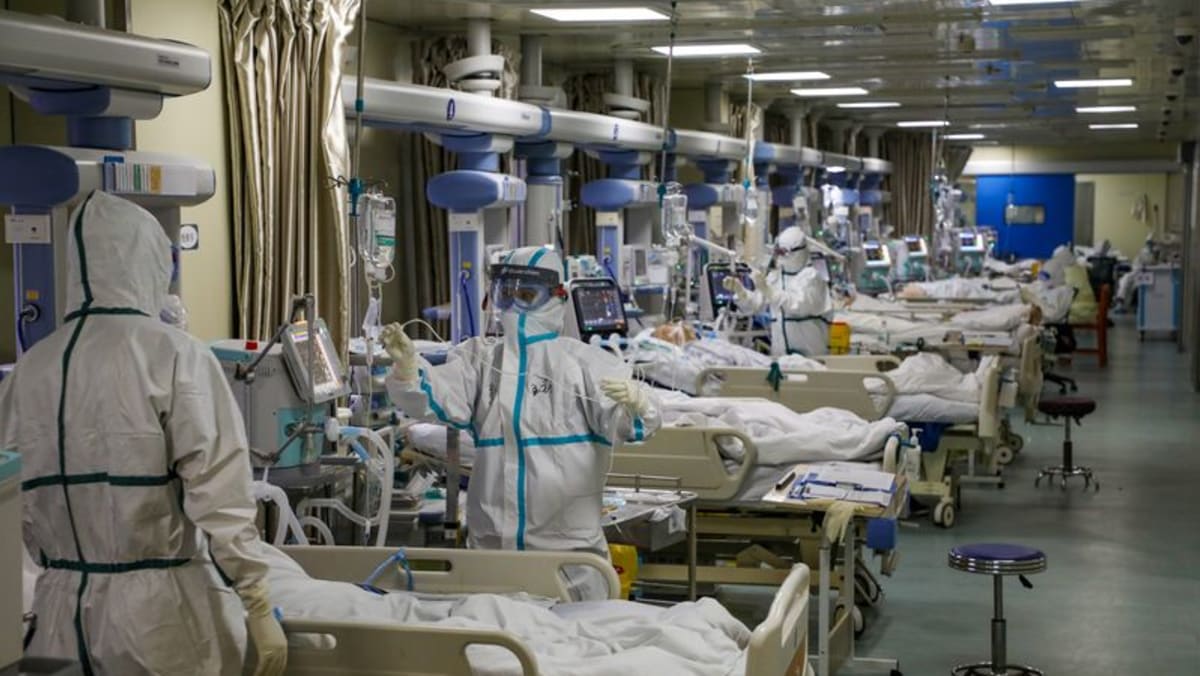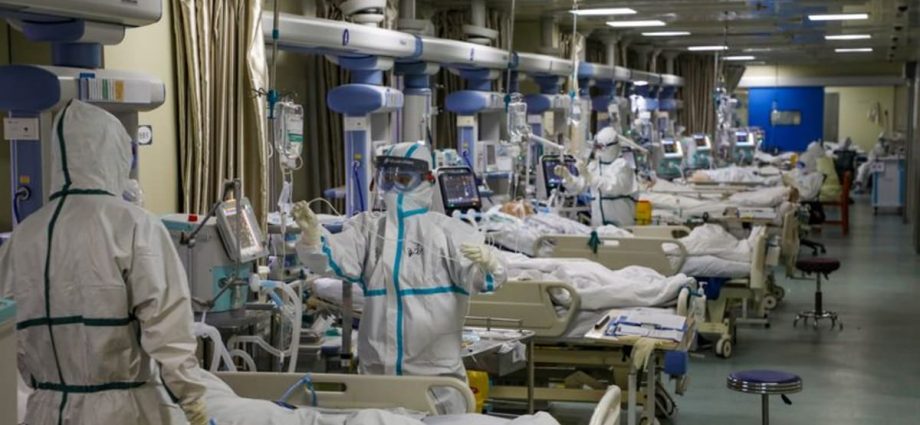
“This adds to the body of evidence identifying the Huanan market as the spillover location of Sars-CoV-2 and the epicentre of the COVID-19 pandemic,” said the report.
It was written by authors including the University of Arizona’s Michael Worobey, Kristian Andersen of Scripps Research in La Jolla, California and Florence Débarre at the Sorbonne University in Paris, France, who accessed the data.
In comparison to the leaked information last week, the report adds more detail about other animals present at the market, as well as showing that some of the SARS-CoV-2 positive environmental samples had more animal than human genetic material in them, which the researchers said was consistent with the animals being infected.
WHO officials said last week that the information was not conclusive but did represent a new lead into the investigation into COVID-19’s origins, and should have been shared immediately.
The UN agency has previously said that all hypotheses for COVID-19’s origins remain on the table, including that the virus emerged from a high-security laboratory in Wuhan that studies dangerous pathogens.
China denies any such link. WHO has also said that most evidence points towards the virus coming from animals, likely bats.
The Chinese CDC was not immediately available for comment. On Monday, when asked by Reuters why the data first appeared online and then disappeared and whether the information will ultimately be shared, Chinese foreign ministry spokesman Wang Wenbin referred reporters to the “relevant authorities” without specifying further.
He said China had “always supported and participated in global scientific cooperation on origin tracing” and would continue to do so, but said the international scientific community also needed to share “their research on the virus originating from other regions of the world with China”.

